 Vitamin E is abundant in fresh grass but becomes unstable, reducing the amount available to the horse, in the process of baling and storing hay. Horses without access to pasture therefore require supplemental vitamin E. Horses undergoing high intensity exercise have increased oxidative stress and may benefit from additional vitamin E above maintenance levels1. The molecular structure of vitamin E exists in eight forms (isomers) with RRR-α-tocopherol most biologically available in the body. Supplemental vitamin E can be derived from natural or synthetic sources. Supplements and commercial feeds often use a synthetic source of vitamin E due its extended shelf life; however, this is an equal mixture of all eight isomers resulting in only 12.5% of the RRR-α-tocopherol stereoisomer. Naturally derived sources of vitamin E are also available with a 100% RRR-α-tocopherol composition.
Vitamin E is abundant in fresh grass but becomes unstable, reducing the amount available to the horse, in the process of baling and storing hay. Horses without access to pasture therefore require supplemental vitamin E. Horses undergoing high intensity exercise have increased oxidative stress and may benefit from additional vitamin E above maintenance levels1. The molecular structure of vitamin E exists in eight forms (isomers) with RRR-α-tocopherol most biologically available in the body. Supplemental vitamin E can be derived from natural or synthetic sources. Supplements and commercial feeds often use a synthetic source of vitamin E due its extended shelf life; however, this is an equal mixture of all eight isomers resulting in only 12.5% of the RRR-α-tocopherol stereoisomer. Naturally derived sources of vitamin E are also available with a 100% RRR-α-tocopherol composition.
A study has recently investigated high dose vitamin E supplementation (above current recommendations) and natural (100% RRR-α-tocopherol) as compared with synthetic vitamin E on measures of oxidative stress, muscle damage, cytokine gene expression, and stride parameters in moderately exercising horses3. After 2 weeks on a control diet (vitamin E deficient grain and hay), 18 horses were divided into three groups and fed the control diet plus (1) 1000 IU/d (low dose) synthetic α-tocopherol (SYN-L), (2) 4000 IU/d (high dose) synthetic α-tocopherol (SYN-H), or (3) 4000 IU/d RRR- α-tocopherol (natural source [NAT]). On day 7, horses began a 6-week training protocol, with standard exercise tests (SETs) performed before and after the 6-week protocol.
Venous blood samples were collected on days 0, 7, 29, and 49. Both NAT and SYN-H horses showed an increase in serum α-tocopherol levels by the end of the study, whereas SYN-L horses showed no statistically significant increase. The NAT treatment group serum α-tocopherol concentration increased on average 77%, followed by a 33% increase for SYN-H and a 23% increase in the SYN-L group. Horses fed NAT had higher α-tocopherol (P < 0.05) at post-SET1 through post-SET2. Additionally, horses on natural supplementation (with higher serum α-tocopherol levels) had significantly lower post exercise levels of biological indicators of oxidative stress and muscle damage and had less reduction in stride duration as compared with SYN-L and SYN-H (P =0.02).
The authors conclude that feeding higher levels of natural vitamin E resulted in higher serum α-tocopherol levels as well as some improvement in oxidative and inflammatory response and improved functional outcomes in response to an exercise test.
1. Rey A., Segura J., Arandilla E., López-Bote C. J. (2013) Short- and long-term effect of oral administration of micellized natural vitamin E (D-α-tocopherol) on oxidative status in race horses under intense training, Journal of Animal Science, 91(3)1277–1284
2. Fagan M. et al. (2020) Form of Vitamin E supplementation affects oxidative and inflammatory response in exercising horses. Journal of Equine Veterinary Science 91 103103

